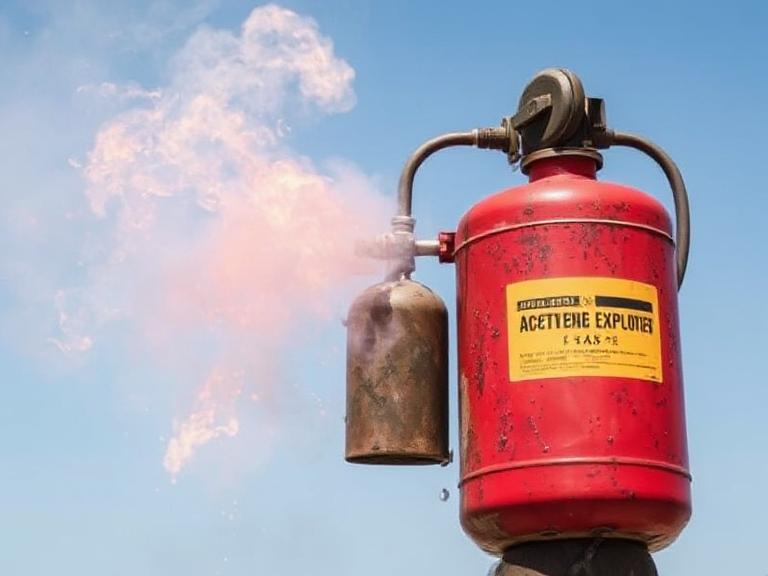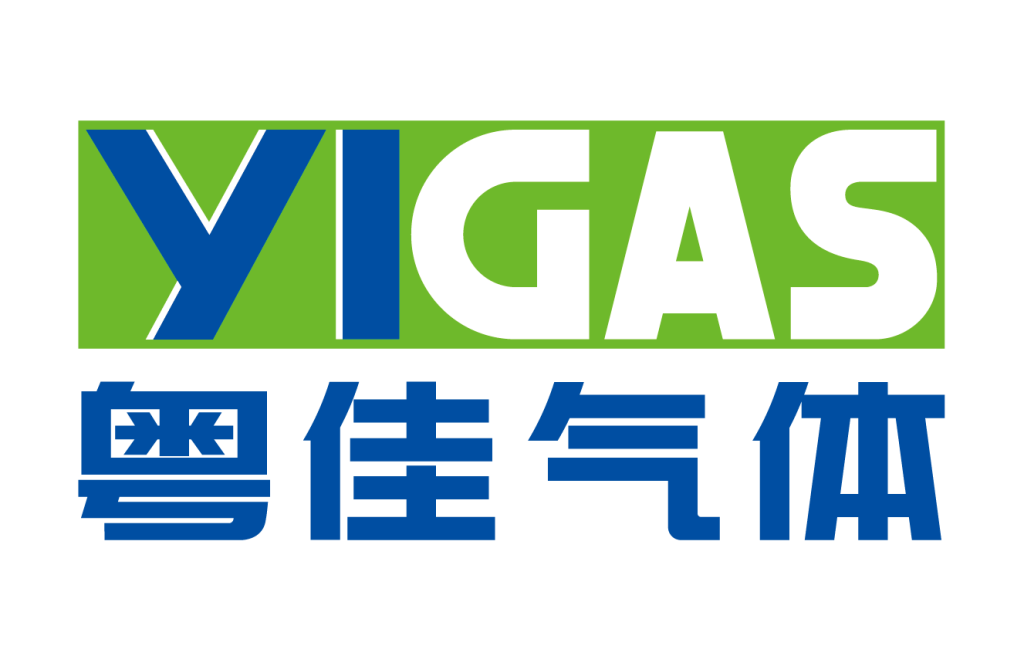Acetylene (C2H2) is widely used in metalworking, chemical synthesis, and specialized industrial applications. Despite its usefulness, acetylene is known for its explosive potential under certain conditions. This article explores whether acetylene gas is explosive, the conditions that make it hazardous, and how companies like Yigas Acetylene Gas ensure safe handling, packaging, and usage across critical industries.

Table of Contents
- Overview of Acetylene Gas
- Is Acetylene Explosive?
- Explosion Hazards and Conditions
- Safety Measures and Handling Guidelines
- Key Industrial Applications of Acetylene
- Yigas Acetylene Gas: Product Features & Benefits
- Chemical and Physical Specifications of Acetylene
- Summary Table
Overview of Acetylene Gas
Acetylene is a hydrocarbon compound composed of carbon and hydrogen (C2H2). It is a colorless, highly flammable gas and is primarily used in oxy-acetylene welding, cutting, and chemical production. In its pure form, acetylene is unstable and can decompose explosively under pressure or in the presence of contaminants.
Core Characteristics:
- CAS Number: 74-86-2
- UN Number: 1001
- Molecular Weight: 26.04 g/mol
- Melting Point: -81.8°C
- Boiling Point: -84°C
- DOT Class: 2.1 (Flammable Gas)
Is Acetylene Explosive?
Yes, acetylene gas is explosive under specific concentrations and conditions. It has one of the broadest flammable ranges of any gas, making it more prone to ignition than most common industrial gases.
Explosive Range in Air:
- Lower Explosive Limit (LEL): 2.5%
- Upper Explosive Limit (UEL): 81%
This wide range means that even a small leak of acetylene in a confined space can result in an explosive atmosphere if ignited. In concentrations within the 2.5–81% range, a spark or open flame can trigger detonation.
Explosion Hazards and Conditions
Acetylene is inherently unstable. Without proper stabilization, it can decompose violently under pressure or heat.
Critical Hazard Factors:
- Pressure Instability: Acetylene should not be stored above 15 psi without stabilization, as high pressure can cause it to explode spontaneously.
- Heat and Flame: Acetylene can ignite from open flames, sparks, or even static electricity.
- Contamination: Copper, silver, and mercury can catalyze explosive decomposition.
- Confinement: Leaked acetylene in enclosed spaces increases the risk of an explosion dramatically.
Safety Measures and Handling Guidelines
Companies like Yigas follow strict NFPA and DOT/ADR protocols to ensure acetylene gas is handled safely from production to end-use.
Best Safety Practices:
- Store in upright cylinders with porous mass and solvent (acetone or DMF) to stabilize the gas.
- Ensure proper ventilation in all working areas to avoid gas accumulation.
- Use flashback arrestors in oxy-acetylene equipment to prevent flame travel back to the cylinder.
- Avoid using copper fittings; brass (less than 65% copper) is acceptable.
- Do not exceed 15 psi pressure in piping systems.
All Yigas acetylene products are delivered with traceable SDS and certified DOT/ADR packaging for compliance.
Key Industrial Applications of Acetylene
Acetylene’s high flame temperature and reactive carbon-carbon triple bond make it invaluable across several industries.
1. Metal Fabrication
- Oxy-acetylene welding & cutting: Delivers a 3,100°C flame – the hottest available gas flame – ideal for joining and slicing carbon and alloy steels.
- Thermal spraying: Used for surface preparation and coating application in automotive and aerospace sectors.
2. Chemical Synthesis
- Vinyl Chloride Monomer (VCM): Produced via hydrochlorination of acetylene, forming the precursor for PVC plastic.
- Organic Intermediates: Essential in synthesizing acetaldehyde, acetic acid, and pharmaceutical compounds such as vitamin A.
3. Specialized Uses
- Laboratory Chemistry: Used in alkyne metathesis and cycloaddition reactions.
- Portable Lighting: Historically used in carbide lamps for mining and underground exploration.
Yigas Acetylene Gas: Product Features & Benefits

Yigas Acetylene Gas delivers industrial-grade acetylene tailored for high-performance and safety-sensitive operations. With extensive applications in welding, cutting, and chemical synthesis, Yigas provides exceptional quality and full compliance packaging.
Key Features:
- High-purity, colorless gas suitable for oxy-acetylene welding and lab use
- DOT-certified packaging with leak-proof valves and safety caps
- Traceable SDS with every shipment to ensure workplace compliance
- Explosive range: 2.5% – 81%, emphasizing the need for safe, controlled usage
- Non-toxic but can act as an asphyxiant in unventilated areas
Yigas supports industries with bulk supply options and expert consulting on safe storage and transport.
Chemical and Physical Specifications of Acetylene
| Property | Value |
|---|---|
| CAS Number | 74-86-2 |
| UN Number | 1001 |
| EINECS Number | 200-816-9 |
| Molecular Weight | 26.04 g/mol |
| Appearance | Colorless gas |
| Melting Point | -81.8°C |
| Boiling Point | -84°C |
| Density | 1.175 kg/m³ |
| DOT Classification | 2.1 (Flammable Gas) |
| Flammable Range | 2.5% – 81% in air |
Summary Table
| Aspect | Key Information |
|---|---|
| Is Acetylene Explosive? | Yes, within 2.5%–81% air concentration |
| Stabilization Required? | Yes, stored in acetone/DMF under 15 psi |
| Main Uses | Welding, cutting, chemical synthesis |
| Safety Requirements | NFPA-compliant storage, flashback arrestors |
| Key Supplier | Yigas Acetylene Gas |
| Packaging | DOT/ADR certified, SDS traceable |
| Toxicity | Non-toxic but asphyxiant |

